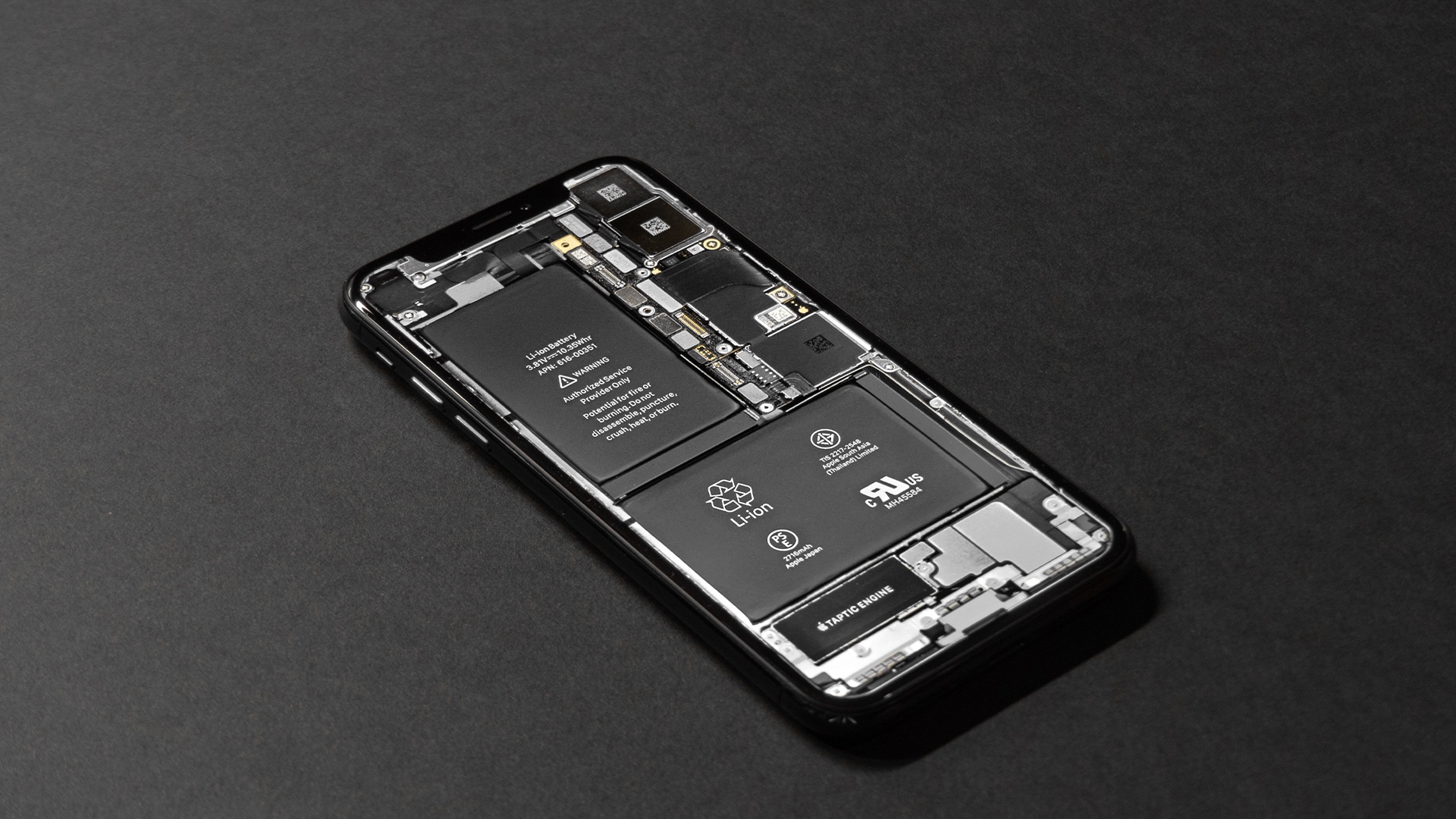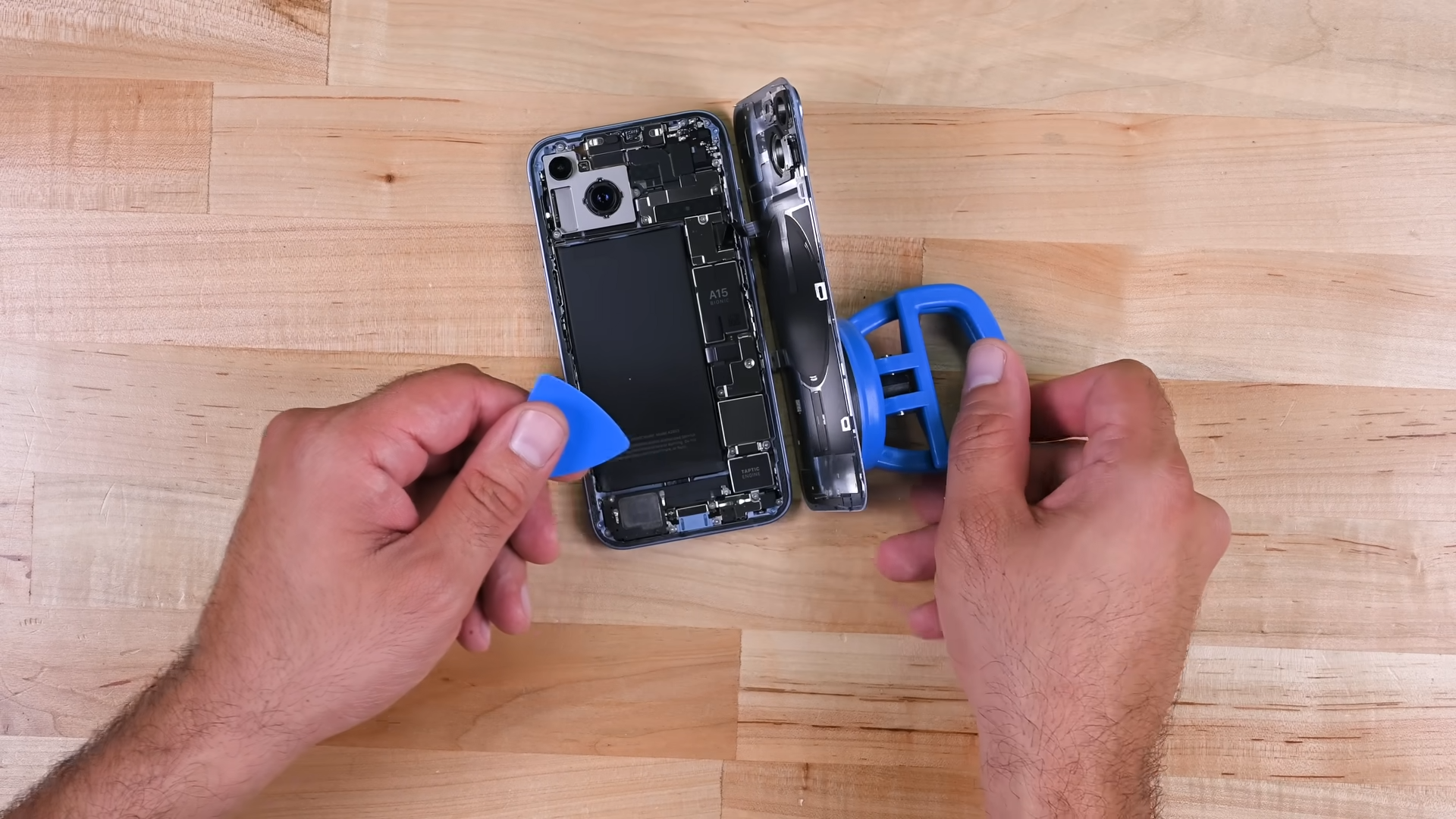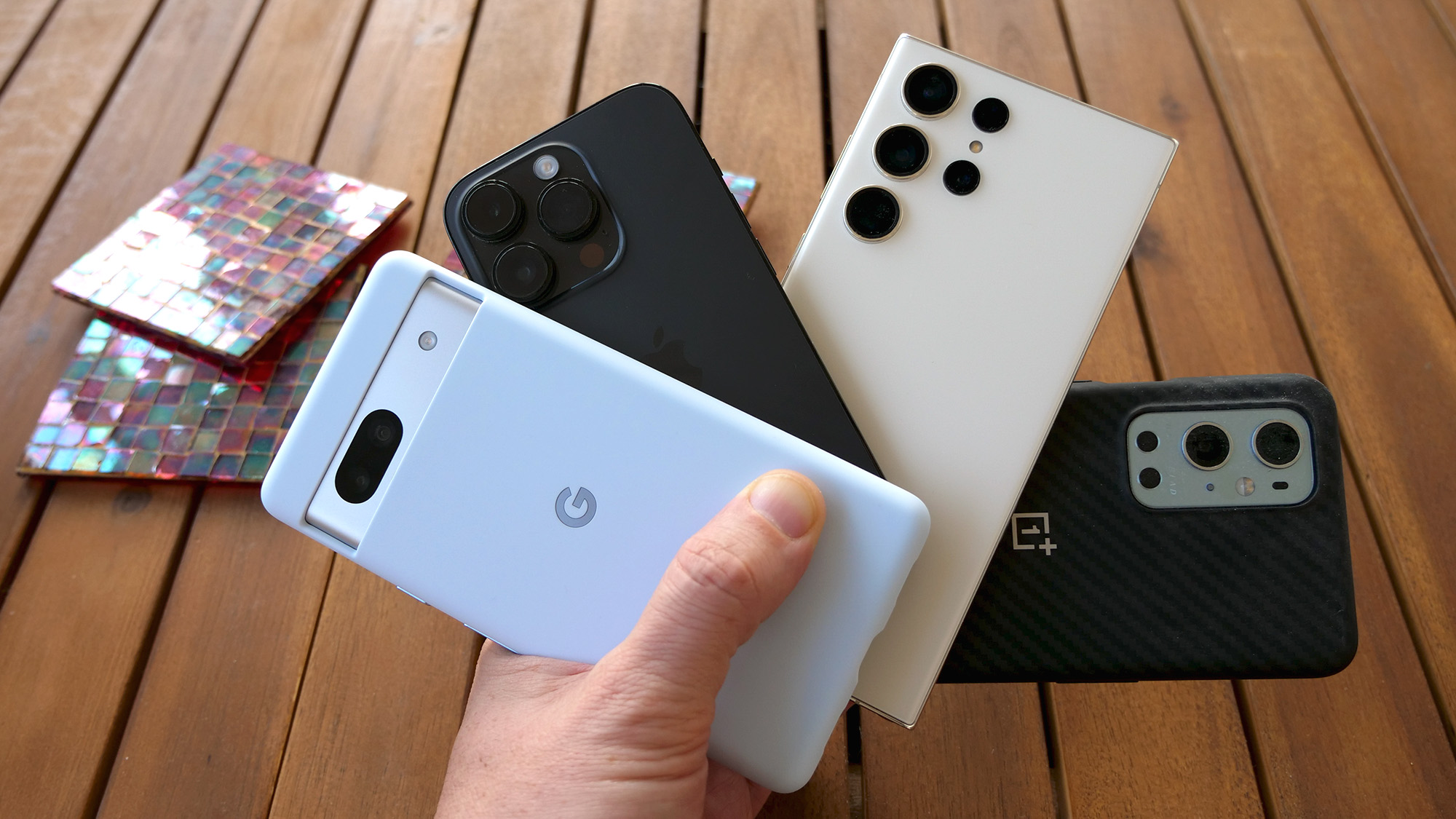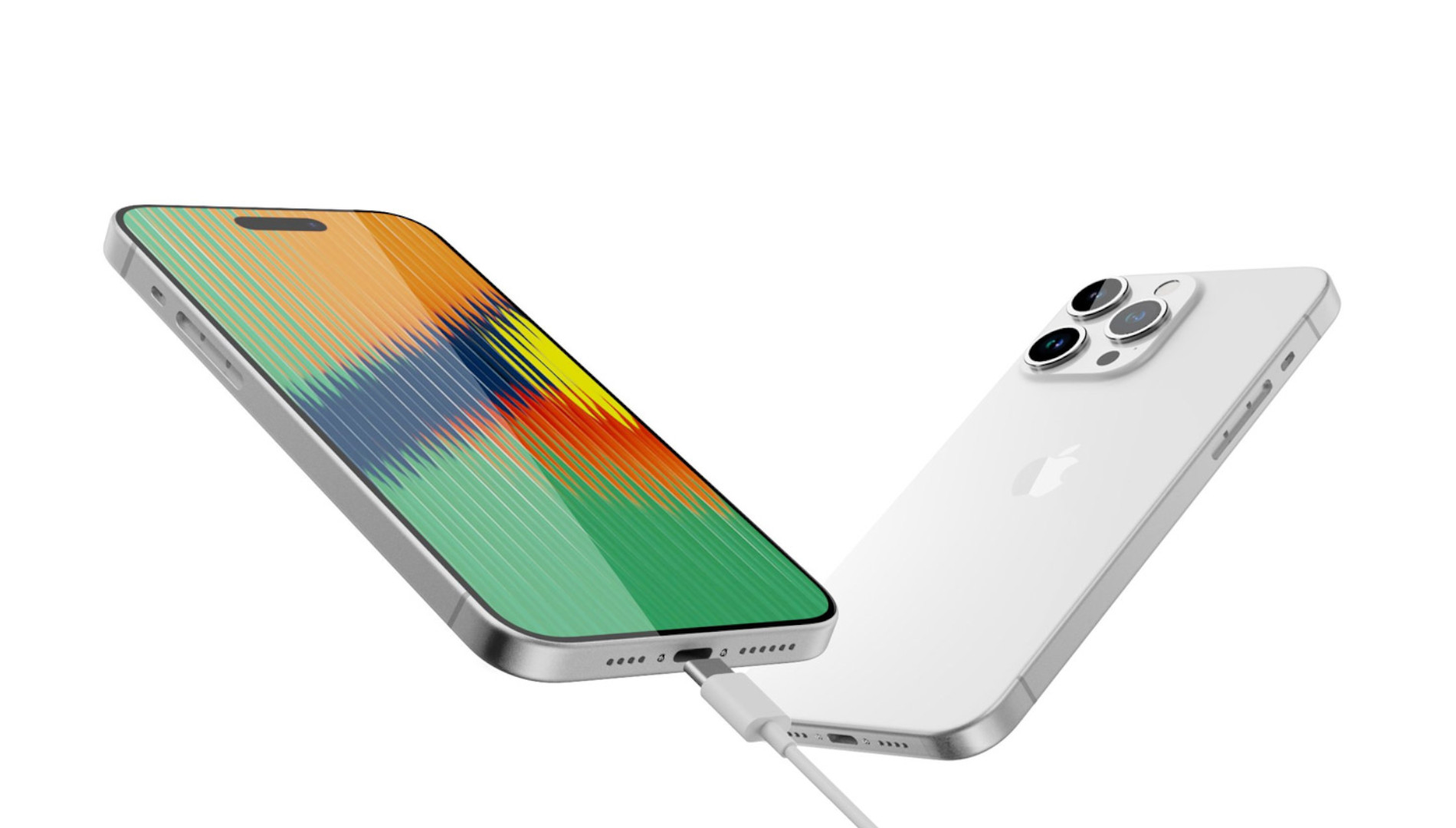
Apple and the EU have been in a bit of a spat over the past year. Well the next big Brussels blow comes to the iPhone’s battery, as a set of new approved rules require that smartphone batteries are easily replaceable by 2027.
That’s right, people! We’re going back in time by about a decade to when it was easy to switch batteries out, and it’s fair to say this new ruling has got a lot of OEMs sweating. Good thing their phones are sealed for water resistance (for now)...
I jest — this is actually a good idea

The new rules cover a lot of ground when it comes to the way rechargeable batteries are designed, produced and recycled — including how light electric vehicles (such as electric scooters) will be required to have a carbon footprint declaration.
But the part we’re focussing on is the rule that states “portable batteries” in devices like cameras, tablets, and smartphones must be added to the device in a way that consumers can “easily remove and replace them.”
Currently (and it’s not just Apple), most OEMs seal the battery away from prying eyes, and make them accessible only with specialist tools and engineering know-how. So over the next three years (Android Authority reports that the law will be in place by 2027), these companies are going to have to rip up all their years of design plans and come up with something completely different to ensure they abide by the new rules.
Maybe we go back to the plastic backs of old Android phones that are easy to remove. Maybe it’s a door mechanism with a latch. Who knows! Either way, it’s definitely happening, as the European Parliament voted with 587 votes in favor, only nine against, and 20 abstentions.
Helping or hurting innovation?

This is an interesting question to ask of this, and my mind is in two places about it. On one hand, I can sort of see why OEMs are making smartphone batteries non-user replaceable.
Beyond the obvious cynical reason (money), this tighter control over the phone’s design means companies can make more use of the various surfaces across the phone, such as MagSafe charging on the back of an iPhone.
Not only that, but they are also able to cram more stuff into the frame too, like the new UWB chip in the upcoming iPhone 15.The argument can also be made about improving dust and water resistance by sealing phones up like this.

I mean, it is one of the reasons why Apple is looking to throw its middle fingers up at the EU and completely remove the USB-C port altogether — that and being a little petty of course.
If you go back to requiring the back cover and the battery being easily removed, this could potentially scupper a lot of these innovations.
But on the other hand, technology has moved on a lot since 10-year-old Android phones. While there may be some compromises, plenty of these features could still make it into new phones while still making their batteries easy to replace. For example, just put a wireless charging coil in the back cover, and contact points that meet between the case and the phone for it to work!
There are workarounds. Plus, the overall benefits that the EU sees, such as a 2031 target of 61% waste collection, and high minimum levels of recycled materials being used to make new batteries, are inexorably better for the planet too.
Outlook
Of course, as I poke a little bit of fun with the headline (Apple and the EU seem to be locked in a neverending pro wrestling feud), it’s abundantly clear that this is great for prolonging the life of your smartphone.
User-replaceable batteries are something that I sorely miss across a lot of my gadgets, and to see the European Parliament sign off on the rules to make them a thing again in 2027 gives me a lot of optimism when it comes to reducing the amount of waste.
Will Apple listen? The jury’s out on that gone given how much the company has dragged its heels on the whole USB-C thing. But I’m curious to see how much the company is going to drastically change the design to make this work. Don’t expect it in the iPhone 15 — think more like the iPhone 19.







